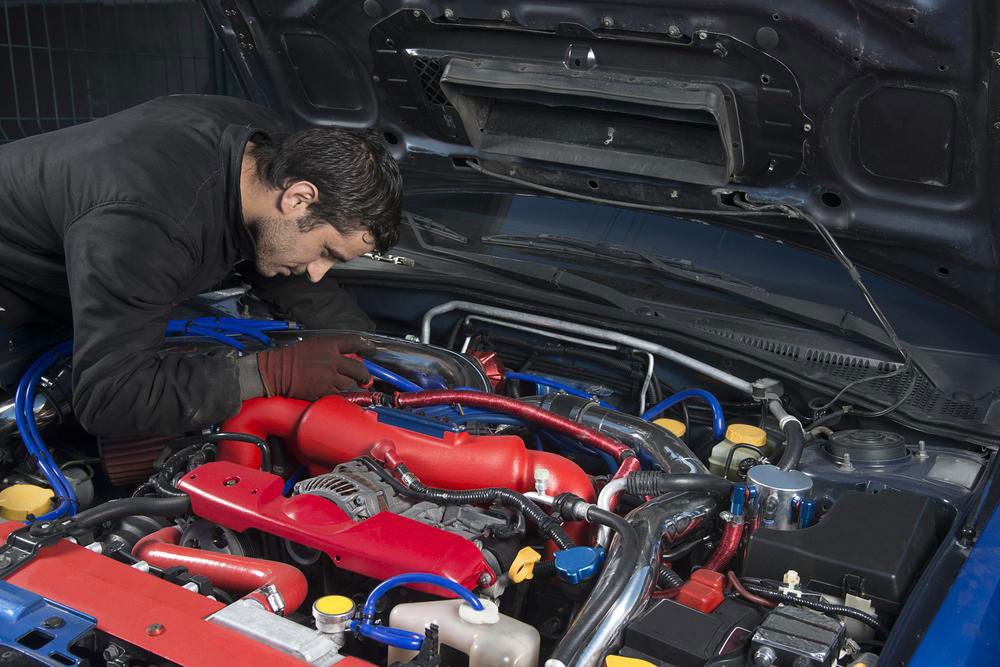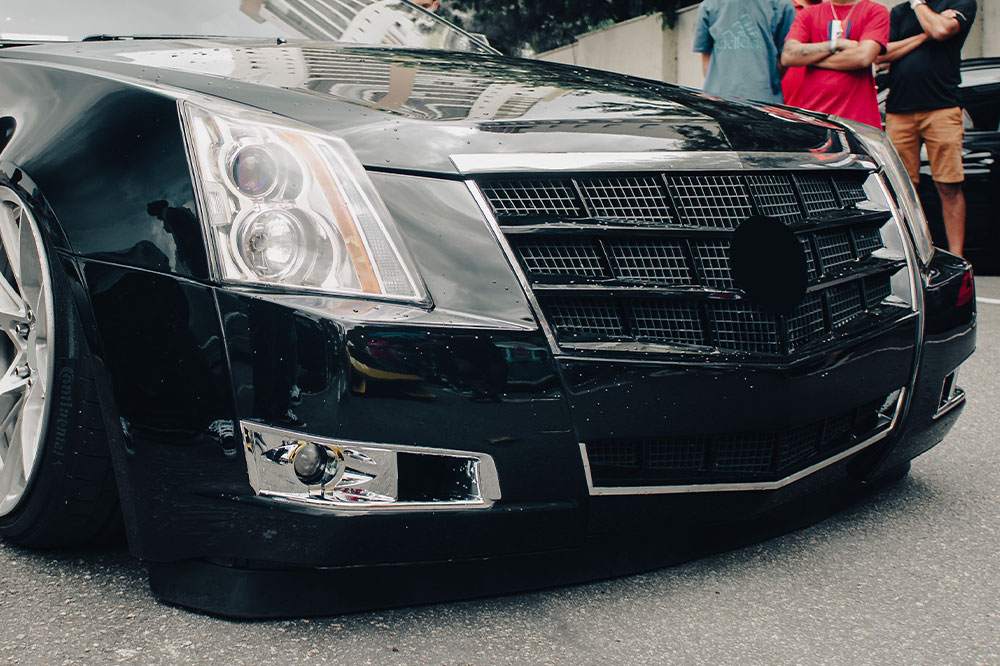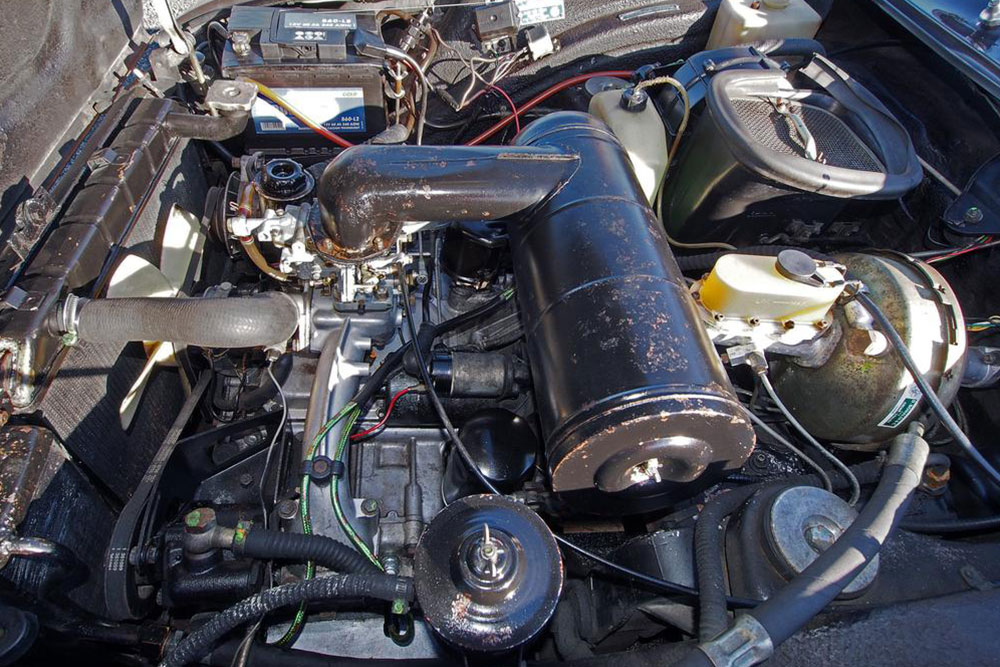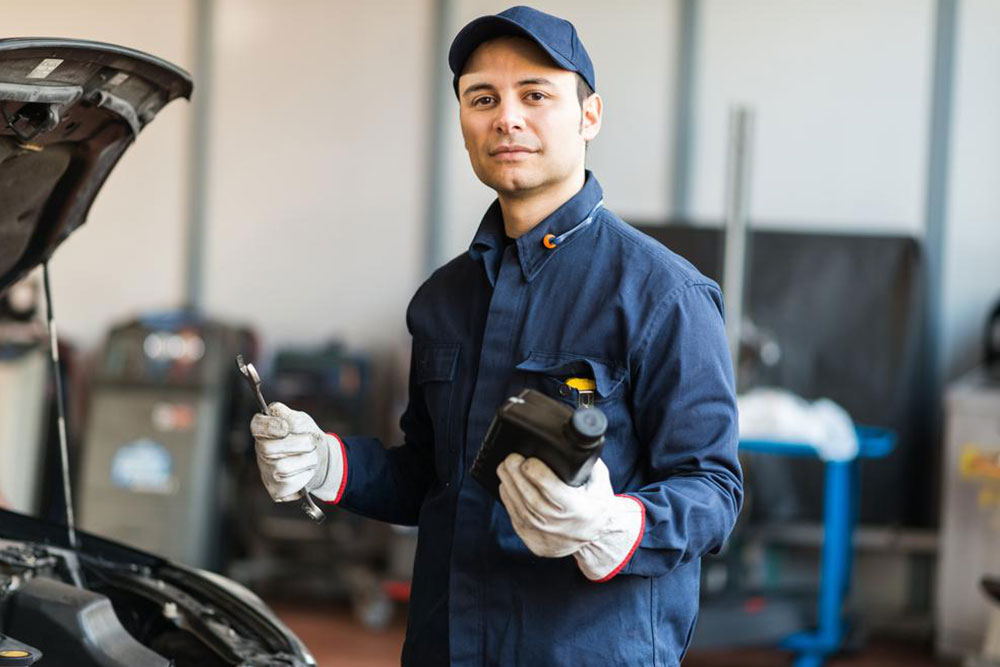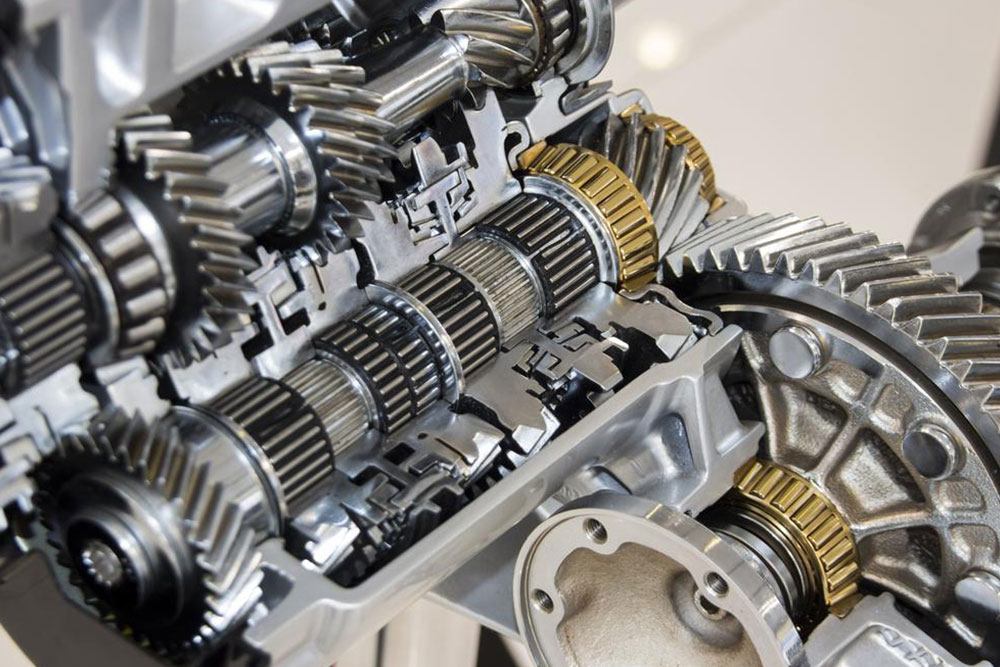Essential Guide to Various Types of Automobile Engines
Explore the key types of car engines, including inline, V, W, and OPOC configurations, with insights into their design, advantages, and applications. Understanding engine differences aids in better vehicle selection and maintenance. This guide provides essential knowledge for enthusiasts and buyers alike.
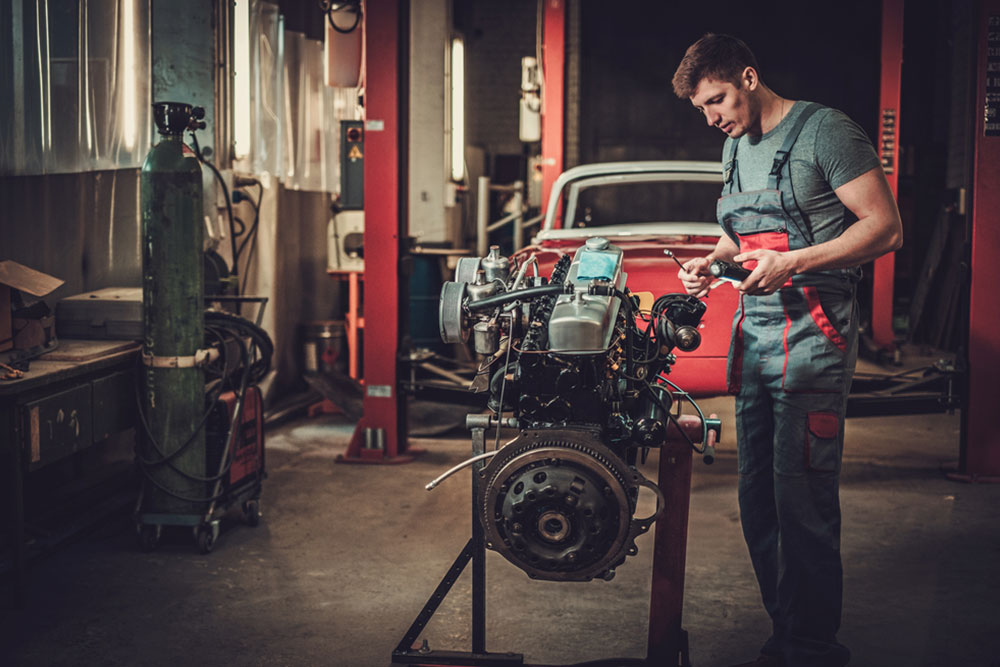
Understanding the Different Types of Car Engines
Have you ever wondered what powers your vehicle? The engine housed under your car’s hood is what makes it move, but its complex wiring and components can seem intimidating, especially to those unfamiliar. Knowing about engine types is valuable, whether you're considering a new car purchase or just interested in automotive mechanics. Here’s an overview of the main engine categories that every car enthusiast and buyer should know.
Inline Engine – This engine configuration features cylinders aligned in a straight line. The cylinders are positioned vertically, one after another.
This design is widely used across many vehicles because of its compactness and fuel efficiency. Inline engines are commonly found in hatchback models.
V-Engine – V engines have cylinders arranged in two banks forming a 'V' shape when viewed from above. This configuration reduces engine weight and overall length, making it suitable for performance and luxury vehicles.
W-Engine – The W engine model, popularized by brands like Volkswagen, features cylinders grouped closely together, creating a wider and more compact internal structure. Although less common, W engines are used in high-performance cars such as the Bugatti Veyron and Bentley Mulsanne.
The W engine’s design is similar to the V engine but with cylinders arranged to resemble a ‘W’ shape. Due to its complexity, most manufacturers avoid W engines, but they are prized for their power and performance capabilities.
OPOC Engine – Opposed Piston Opposed Cylinders (OPOC) engines utilize two pistons positioned opposite each other at each end of the cylinder. These engines lack traditional valves, making them smaller, lighter, and capable of high power output with low friction. They are advantageous for vehicles needing efficient performance with reduced size.
Identifying the engine type helps determine the vehicle’s performance and maintenance needs. Each engine configuration requires specific care, and consulting an automotive mechanic can clarify any questions regarding engine types and upkeep.
Note:
Our blog offers a variety of automotive insights and practical information. The content is based on research and aims to help readers understand automotive topics better. However, it should not be considered definitive or exhaustive. The website is not responsible for discrepancies or inaccuracies found elsewhere, and readers should verify information independently for the best possible decision-making. Also, planned discounts or offers may vary and are not covered here.

